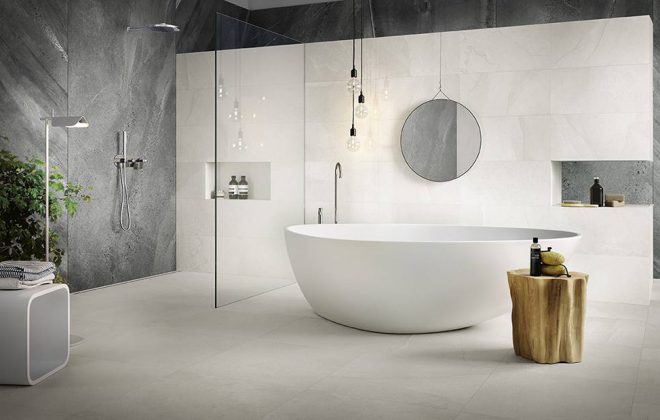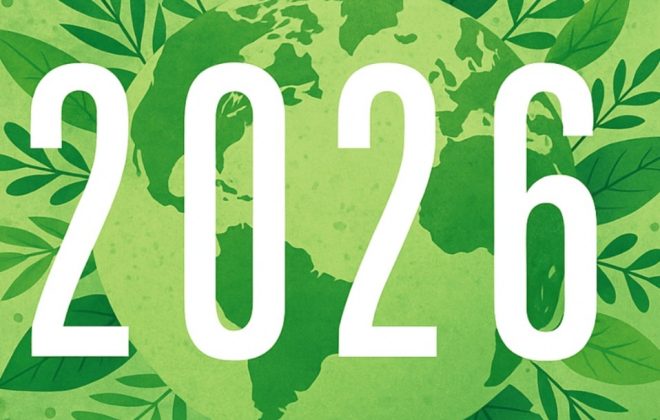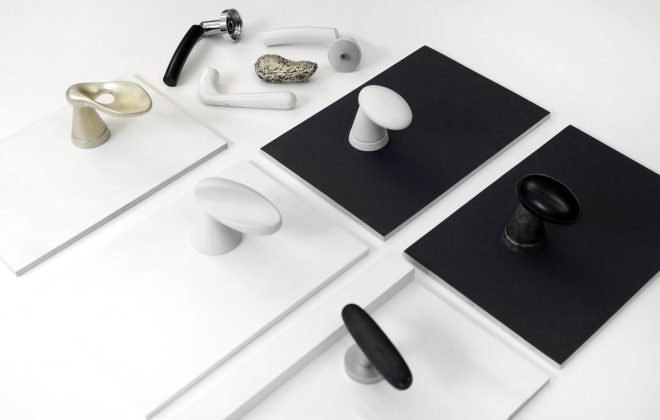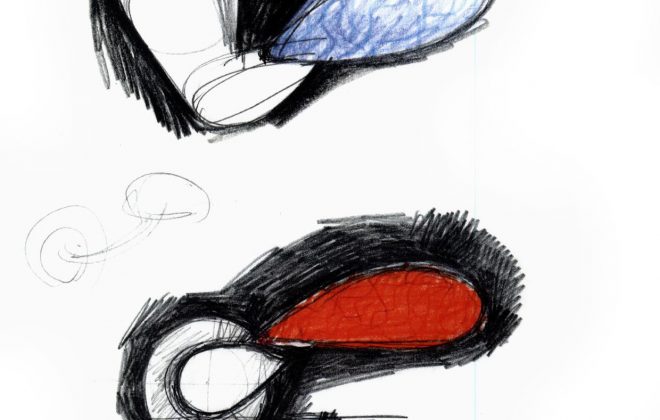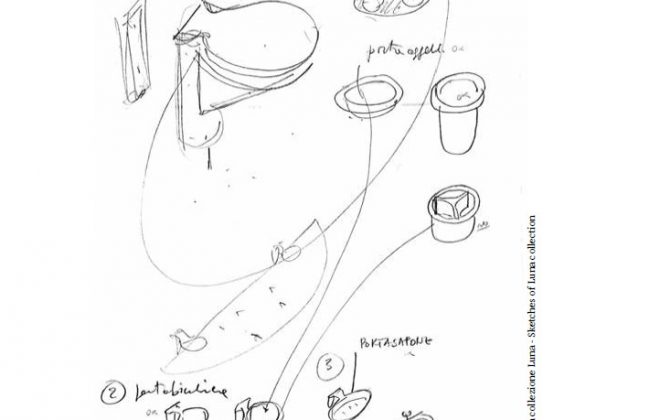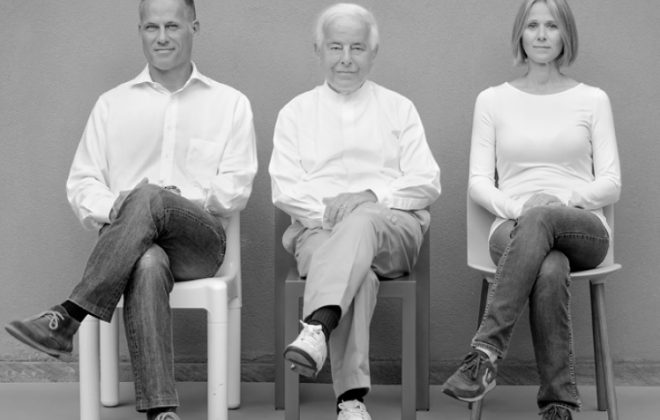THE DESIGN OF THE TOSO BROTHERS: INTERVIEW WITH PIO AND TITO

How do you imagine the handles of the future? What can the relationship between a handle and door be compared to? Simple queries for someone who has designed two of the most appreciated handles of the Colombo Design collection: Dea (2010) and Bold (2008).
The latter was chosen for the tenth leg of the “Around the world in 12 handles”, an event organised by the renowned webzine Designboom which aimed to turn the table on the classic concept of handles, promoting it as a tool to reach new realities in surreal journeys; in this specific case, the reality is that of Valencia where the sleek and rounded shape of the Bold handle was photographed with the lively Spanish city as the backdrop, amidst tradition and future.


Let’s start with the article in Designboom with the photographs of your Bold handle in Valencia; what other city would suit it and why?
Venice, due to the reflections of the water and the sky that the Bold handle surfaces can reflect and amplify.
New York, given its vertical architectures that reflect on the slightly rounded surfaces of the Bold handle creating appealing mirror effects.

A quick glance at future trends: how do you imagine the handles in the years to come?
We imagine handles that are abreast of the times, that question the exact task required of them, with more ethical rather than aesthetical research approach.
We expect greater attention to be paid to the effects and relations that a handle is able to trigger in those that use it.
When we talk of handles, which element, in your minds, is the foremost to be considered during the design phase? Its aesthetics, ergonomics or material?
Ergonomics and aesthetics.
What can the relationship between a handle and door be compared to?
There is an exceptionally strong relationship, so strong that one object only exists in relation to the other, rather like that between a picture and a frame.

Is there a material which you most enjoy working with?
Rather than a material we enjoy working with, there is a modus operandi that we particularly like; in short, it is the sense of a project that most interests us
Which design object are you most in contact with in everyday life?
Definitely the pencil.
Which of your projects most represents you?
Flag, the new modular clothes hanger designed for Pedrali. Perfect balance of beauty, synthesis and functionality.

What are the pros and cons of working as a designer in Italy?
The pros are its culture, the Italian savoir faire and the inspired entrepreneurs we have in this country. The cons are the lack of domestic policies that promote Italian designers (for instance VIA in France).
If a newly graduated designer asked you for some advice, what would you say?
We would say that he has the possibility to a fantastic job which offers endless opportunities. It is not a red carpet, glossy magazine or high-fashion job, it is a job whose deep-seated roots are in an unpretentious listening and constant research.
What is your idea of design?
We try to create objects that are designed to last, that do what they are made to do quickly and efficiently.
The shape is approached in a second phase, we are more interested in the effects, the relations that an object is able to trigger in users, and how and at what level these relations actually take place. This potential of the objects is what attracts us, we try to express it in the most simple and straightforward way possible, searching for the best way to convey the maximum empathic and minimum formal content, exploiting a research focused on synthesis, reduction of elements and simplicity. A simplicity that is neither banal nor sterile, but charged with an evocative strength.


